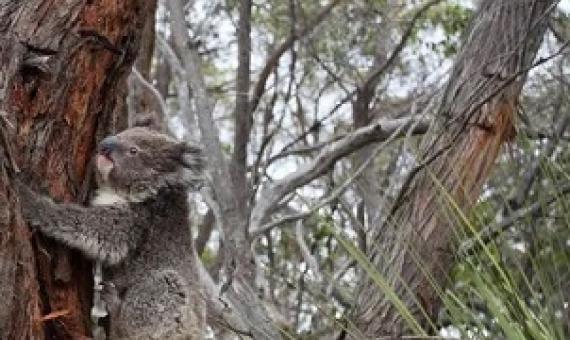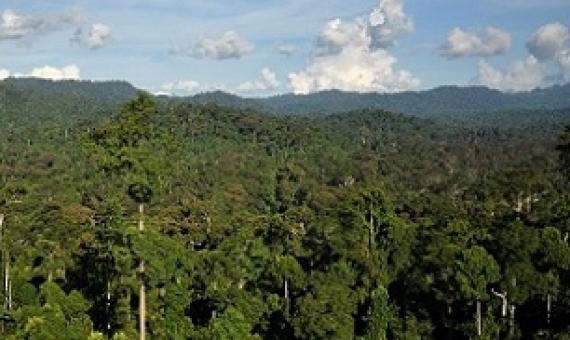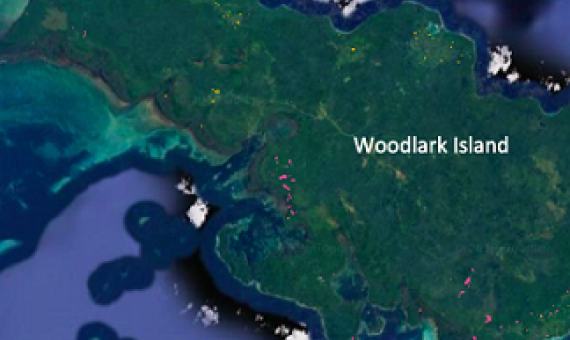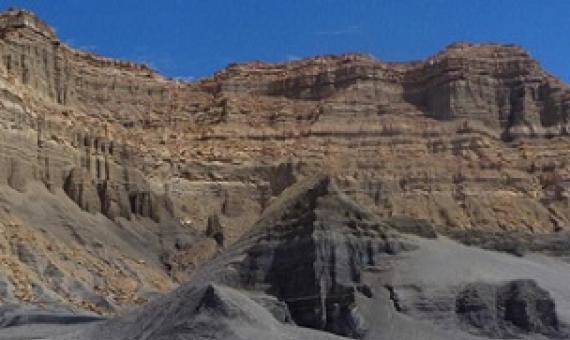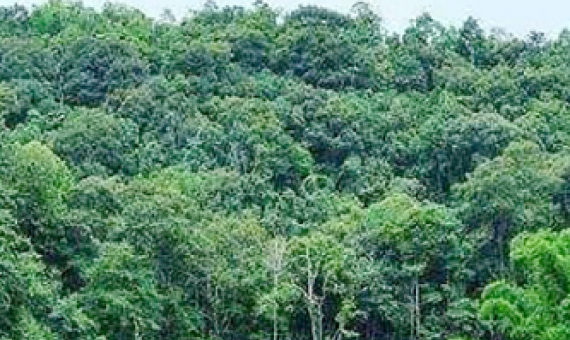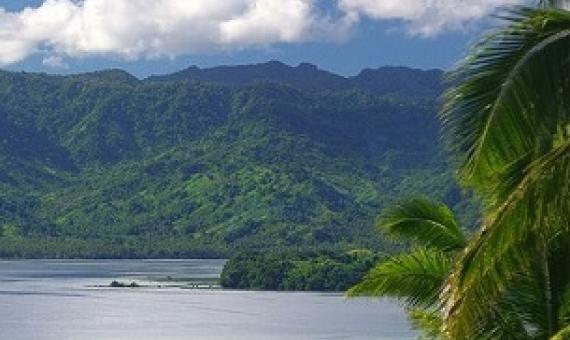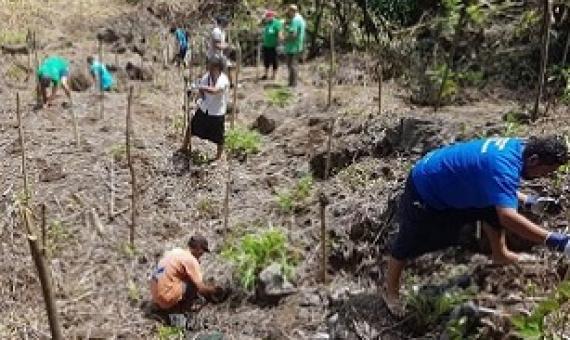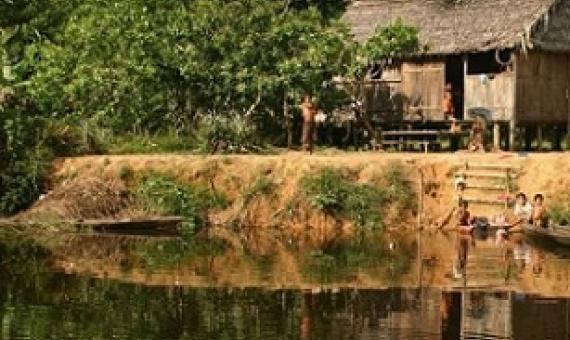Tens of thousands of hectares of bush could be at risk under a New South Wales government proposal to allow rural landholders to clear up to 25 metres of land from their property’s fence line, analysis by WWF-Australia shows...The proposal, which was not one of the 76 recommendations from th
UC Santa Barbara forest ecologist Anna Trugman—along with her colleagues at the University of Utah, Stanford University and the U.S. Forest Service—investigated the effects of repeated, extreme droughts on various types of forests across the globe.
Woodlark Island lies off the coast of Papua New Guinea and is home to dozens of unique species and a more than 2,000-year-old human culture.
Millions of years ago, fire swept across the planet, fueled by an oxygen-rich atmosphere in which even wet forests burned, according to new research by CU Boulder scientists.
Researchers from Australia's national science agency CSIRO joined scientists from 17 other countries to publish a first of its kind, 'wall-to-wall,' global, 1-km resolution map that highlights areas with the greatest carbon returns, when they are allowed to reforest naturally.
United Nations help is being sought as part of Fiji's plan to develop the country's northern "paradise" of Savusavu into a Blue Town.
Allowing forests to grow back naturally should be regarded alongside other measures like large-scale tree-planting as a critical nature-based approach to mitigating climate change, according to a major new study that maps potential above-ground carbon accumulation rates for forest regrowth across
The Division of Environment and Conservation of MNRE completed planting of 2000 native coastal and lowland forest trees at the Vaitele-Fou national reserve (old quarry).
Storms, fires, bark beetles: Many forests around the world are increasingly affected by these and other natural disturbances. It is common practice to eliminate the consequences of these disturbances—in other words, to harvest damaged trees as quickly as possible.
Global maps of places where people and forests co-exist show that an estimated 1.6 billion people live within 5 kilometers of a forest.

